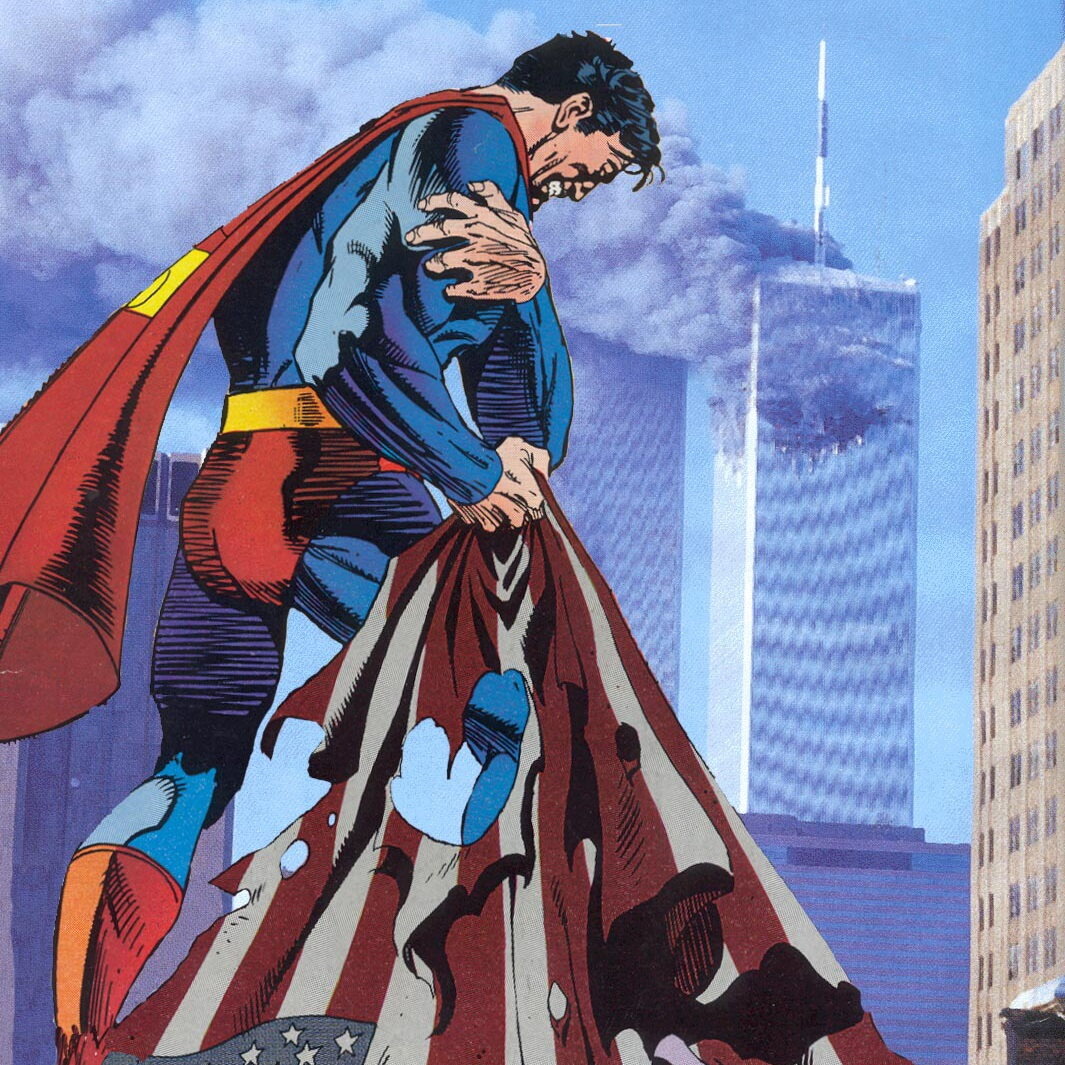Heroes of the age of terror: what happened to American superheroes on 9/11? Part 1

TEHRAN-Since the creation of comic books in the midst of the Great Depression in the 1930s, superheroes have been used to entertain and inspire readers, as well as to address important events. During the Depression, they were a symbol of hope for a better world. As the United States entered World War II, superheroes encouraged soldiers on the battlefield and united the public by praising patriotic ideals and mocking their enemies.
In the 70s, 80s, and 90s, superheroes were used to help young people navigate crises, including the U.S. entry into Vietnam, Watergate, and the Cold War. Whenever the United States faced a challenge, superheroes were organized to meet them. Obviously, the September 11, 2001, attacks were no different.
After these attacks, the superhero genre changed significantly—changes that were a reflection of the situation in the U.S. during that time. Superheroes became more vulnerable than before. The old supervillains also transformed into urban terrorists who not only intended to kill the superheroes but also aimed to harm a significant portion of the population. In short, the post-9/11 world was as harsh to superheroes as it was to the American public—perhaps even harsher!
New York and the green terrorist
“Spider-Man” (2002) (Raimi) was released shortly after the 9/11 attacks. The movie tells the story of the teenage Spider-Man's fight against the “Green Goblin,” a supervillain who tries to terrorize New York and endanger human lives. After only sixty-four days of release, the film’s earnings topped $400 million, placing it among Hollywood’s top-grossing films. But what made “Spider-Man” so successful?
As the modern comic book movie trend gained momentum when “Spider-Man” broke box-office records in the summer of 2002, many commentators and filmmakers were quick to link the unprecedented popularity of comic book adaptations and superhero movies with post-9/11 sentiment in the United States.
In his book ‘Hollywood 9/11: Superheroes, Supervillains, and Super Disasters’, Tom Pollard writes about this situation: “Post-9/11 audiences gravitate to superheroes who save humanity. In an age of uncertainty these powerful characters make audiences feel less vulnerable to unexpected, violent acts of aggression against U.S. targets.”
“At the same time, the superheroes themselves have darkened and grown more vulnerable. These new characters, as potent as their predecessors but vulnerable and more attuned with contemporary styles, make audiences feel secure,” he adds.
Traumatized American society
After the attacks, instead of alleviating the prevalent fear in society, the Bush administration attempted to control it and use it to their advantage. When the government needed support for its policies, it would intensify the fear within the public.
American film theorist David Bordwell mentions this 'culture of fear' as a factor in the flourishing of the superhero movie genre in Hollywood in the 2000s. “Obviously 9/11 so traumatized [Americans] that [they] feel a yearning for superheroes to protect [them]”.
Although “Spider-Man” was written before the 9/11 attacks, Spider-Man's battle with his green enemy was, for many Americans, associated with the 'War on Terror.' People could empathize with Peter, who lost his uncle, and praised Spider-Man's efforts to save the city from a fictional terrorist.
Muslims as villains
One of the topics that has always been discussed in comic books is the presence of Muslim and Arab characters. Muslims are often portrayed in a stereotypical and violent manner, and in most cases, they play the roles of villains in the stories. After 9/11, this type of villain became an integral part of comic book narratives.
In her book, "Muslim Comics and Warscape Witnessing", Esra Mirze Santesso discusses some aspects of this issue.
In an interview with the Tehran Times, Santesso discussed the continuity and representation of Muslim characters in comic books: “While the popularity of the Muslim as a villain in comics predates 9/11, after the terrorist attacks, the figure of the jihadi became a dominant trope. The Muslim, once merely an exotic adversary, was now perceived as an existential threat.”
She explained that the Muslim character has remained a fixed staple in most Western superhero narratives. “No book can come close to the hyperbolic representation of Muslims in Frank Miller’s "Holy Terror" (2011), which weaponizes the image of the bloodthirsty jihadi. Furthermore, the fact that the book was released on the 10th anniversary of 9/11 lays bare his intent to capitalize on this national trauma.”
The author mentioned that, at the same time, there were genuine efforts to include Muslim characters by moving away from the jihadi trope. “The character ‘Dust’ in the X-Men series and Simon Baz in Green Lantern are good examples of early articulations of likable and relatable Muslims. This showed that not everyone in the comic industry was willing to perpetuate the two-dimensional characterization of Muslims.”
In this book, Santesso points out that various political events related to the United States have caused Muslims and Arabs to become an expression of the "other" and the stereotype of the Middle-Eastern enemy. “By the 1960s and 1970s, in the wake of the Suez Canal crisis and the oil embargo, Arabs and Muslims generally had become easy picks for villains. The decline of Arab-American relations during the Six Day War helped inspire the appearance of the Arab Villain Ra’s al Ghul in Batman.”
To be continued.
AH/SAB
Leave a Comment